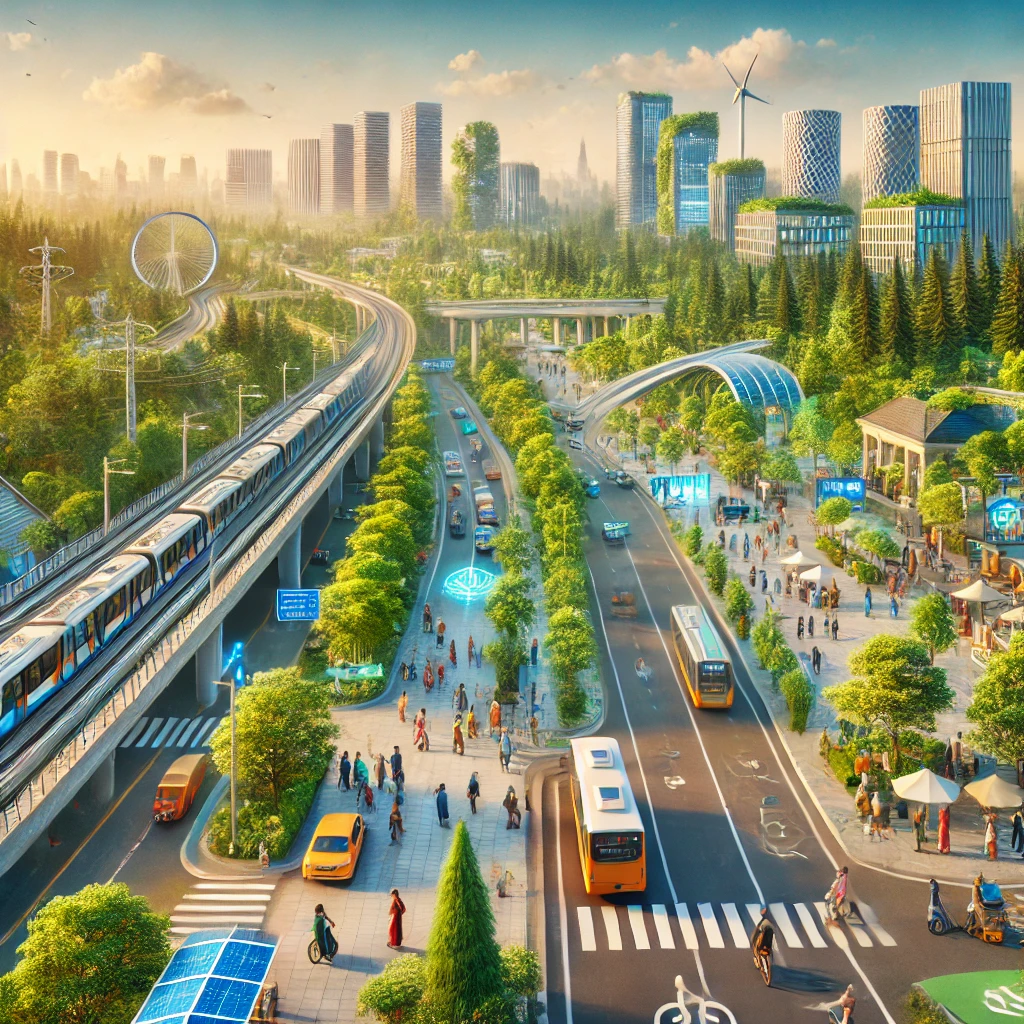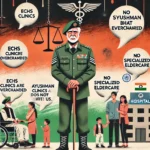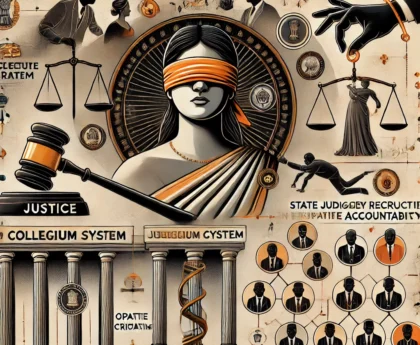Indian cities, while vibrant and diverse, face significant challenges that hinder their ability to match the standards of European metros. Issues such as overcrowding, pollution, insufficient infrastructure, and a lack of urban greenery require holistic planning and efficient implementation. Here’s a detailed roadmap for transforming Indian cities:
1. Population Management and Access Control
To ensure equitable resource distribution, cities must:
• Implement Population Mapping:
• Use Aadhaar-linked digital databases to map residents to resources like healthcare, education, transport, and entertainment.
• Integrate Geographic Information Systems (GIS) for precise spatial analysis and service delivery.
• Control Urban Population Growth:
• Develop satellite towns to reduce migration pressure on metro cities.
• Promote decentralization by creating job opportunities in Tier-2 and Tier-3 cities.
• Enforce stricter zoning laws to regulate the number of residents in specific urban areas.
• Digitize Urban Planning:
• Deploy smart city solutions like IoT sensors to monitor footfall, traffic, and resource usage in real time.
• Use predictive analytics for demand forecasting and urban growth planning.
2. Creating Dust-Free Infrastructure
To emulate the clean infrastructure of European cities:
• Modernize Construction Practices:
• Mandate the use of dust suppression techniques, such as water sprinklers and dust barriers, during construction.
• Introduce prefabricated and modular construction methods to minimize dust generation.
• Use Pervious Materials:
• Encourage the use of pervious concrete for roads and pavements to reduce dust dispersion.
• Implement Regular Cleaning Mechanisms:
• Invest in vacuum-based street cleaning vehicles.
• Regularly maintain roads, flyovers, and footpaths to prevent wear and tear.
• Enforce Green Buffer Zones:
• Surround construction zones with green belts to absorb dust.
3. Establishing Urban Forests
Urban forests contribute to better air quality, cooler temperatures, and enhanced biodiversity.
• Adopt the Miyawaki Method:
• Grow dense, native tree plantations in small urban spaces to rapidly develop green cover.
• Incentivize Vertical Gardens:
• Mandate green walls and rooftop gardens in new buildings.
• Provide subsidies or tax rebates for maintaining urban greenery.
• Reclaim Marginalized Spaces:
• Convert unused lands like abandoned factories and railway yards into urban forests.
• Community Participation:
• Launch citizen-driven tree plantation drives in neighborhoods, parks, and schools.
4. Building a Culture of Cleanliness and Sanitation
Cleanliness is both a mindset and a practice. To instill this across India:
• Behavioral Campaigns:
• Use mass media and community programs to educate people on cleanliness.
• Highlight role models and success stories of clean cities.
• Stringent Enforcement:
• Impose hefty fines for littering and spitting in public spaces.
• Establish dedicated cleanliness squads in each ward to ensure compliance.
• School-Level Initiatives:
• Introduce cleanliness and sanitation as mandatory subjects in the school curriculum.
• Provide Adequate Infrastructure:
• Install sufficient waste bins and public toilets in crowded areas.
• Ensure timely waste collection and segregation at the source.
5. Reducing Overcrowding in Public Transport
Public transport systems, especially local trains, bear the brunt of overcrowding in Indian cities.
• Enhance Public Transport Infrastructure:
• Increase the frequency of trains and introduce additional carriages during peak hours.
• Expand metro and suburban rail networks to cover peripheral areas.
• Encourage Staggered Work Hours:
• Collaborate with corporations to adopt flexible working hours, reducing rush-hour congestion.
• Smart Ticketing Systems:
• Use digital platforms to monitor and regulate passenger loads.
• Implement dynamic pricing to incentivize off-peak travel.
• Alternative Transportation:
• Promote carpooling, cycling, and walking through dedicated lanes and incentives.
6. Controlling Vehicular Pollution
Vehicles are a major contributor to urban air pollution.
• Promote Electric Vehicles (EVs):
• Provide subsidies for EV purchase and invest in extensive charging infrastructure.
• Mandate EV fleets for public transport and commercial vehicles.
• Enforce Emission Standards:
• Conduct regular vehicle fitness checks.
• Introduce stricter penalties for vehicles exceeding pollution limits.
• Encourage Public Transport:
• Improve bus and metro services to reduce dependency on private vehicles.
• Vehicle Sharing Policies:
• Encourage app-based carpooling and bike-sharing systems.
7. Crowd Management Strategies
Controlling large crowds in urban areas requires technology and planning:
• Crowd Monitoring Systems:
• Install CCTV cameras with AI-driven analytics to monitor crowd density in real time.
• Efficient Event Planning:
• Schedule events to avoid simultaneous large gatherings in nearby locations.
• Optimize Public Spaces:
• Redesign streets and public areas to reduce bottlenecks.
• Public Awareness Campaigns:
• Educate citizens about safe crowd behavior and emergency protocols.
8. Pollution Management Beyond Vehicles
• Industrial Pollution:
• Mandate the use of cleaner fuels and pollution control technologies in industries.
• Relocate polluting industries to designated zones away from residential areas.
• Waste Management:
• Encourage composting and recycling to minimize landfill use.
• Introduce waste-to-energy plants for sustainable disposal.
• Air Quality Monitoring:
• Set up real-time air quality monitoring stations across cities.
• Issue advisories and take preventive measures based on pollution levels.
A Vision for Indian Cities
Transforming Indian cities into European-like metros is ambitious but achievable through a mix of policy reforms, technological adoption, and community engagement. By prioritizing sustainability, inclusivity, and efficiency, Indian cities can evolve into livable, modern urban hubs that meet the needs of their growing populations while preserving their cultural heritage.




